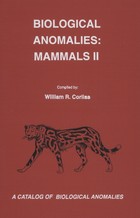
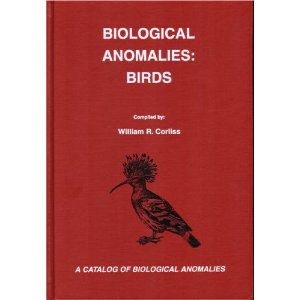
July 12, 2011


William Roger Corliss, who was born August 28, 1926, in Stanford, Connecticut, passed away last week, on July 8th.
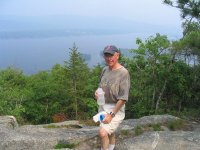
He was an American physicist and writer who became known for his interest in collecting data regarding anomalous phenomena, some of which included cryptozoological topics. William R. Corliss was presented with the Tim Dinsdale Award (named after the famed seeker of the Loch Ness Monsters) on June 10, 1994, at the 13th Annual Meeting of the Society for Scientific Exploration in Austin, Texas. It was presented to Corliss for his unique and comprehensive cataloguing of scientific anomalies. Corliss then gave the Dinsdale Lecture entitled, “The Classified Residuum.”
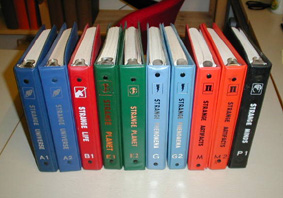
Arthur C. Clarke described him as “Fort’s latter-day – and much more scientific – successor.”
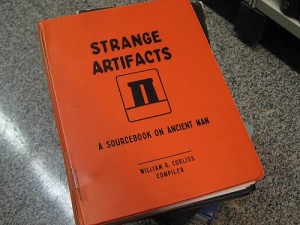
Since 1974, Corliss published a number of works in the “Sourcebook Project.” Each volume was devoted to a scientific field (archeology, astronomy, geology, and other topics) and featured articles culled almost exclusively from scientific journals. Corliss was inspired by Charles Fort, who decades earlier also collected reports of unusual phenomena. Unlike Fort, Corliss offered little in the way of his own opinions or editorial comments, preferring to let the articles speak for themselves. Corliss quoted all relevant parts of articles (often reprinting entire articles or stories, including illustrations). Many of the articles in Corliss’s works were earlier mentioned by Fort works.
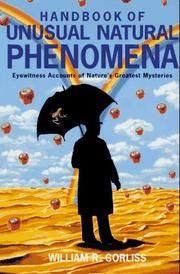
In his book Unexplained!, Jerome Clark describes Corliss as “essentially conservative in outlook.” He explains, “Corliss [was] more interested in unusual weather, ball lighting, geophysical oddities, extraordinary mirages, and the like — in short, anomalies that, while important in their own right, are far less likely to outrage mainstream scientists than those that delighted Fort, such as UFOs, monstrous creatures, or other sorts of extraordinary events and entities.”
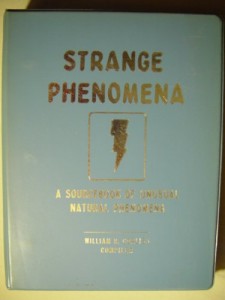
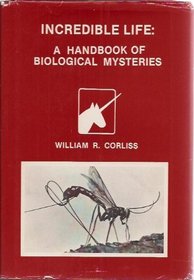
Arthur C. Clarke in Astounding Days: A Science Fictional Autobiography, said: “Unlike Fort, Corliss selects his material almost exclusively from scientific journals like Nature and Science, not newspapers, so it has already been subjected to a filtering process which would have removed most hoaxes and reports from obvious cranks. Nevertheless, there is much that is quite baffling in some of these reports from highly reputable sources.”
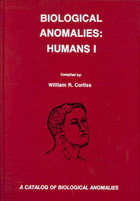
Corliss wrote many other books and articles, notably including 13 educational books about astronomy, outer space and space travel for NASA and a similar number for the Atomic Energy Commission and the National Science Foundation.
Books published include (with cryptozoology-related publications noted in bold):
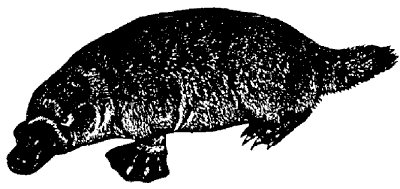
++++Updated+++
William Roger Corliss |
CORLISS , William Roger
On July 8, 2011, WILLIAM ROGER CORLISS, age 84. Mr. Corliss was a Navy veteran having served during World War II. As a physicist, he was Director of Advanced Programs in the Nuclear Division at Martins in the 1960s. Later, he became a prolific writer, authoring 57 books on atomic energy, space propulsion, scientific satellites, teleoperators, wind tunnels, and scientific anomalies in all fields of science. He was a loving husband to his wife Virginia for 61 years, and is survived by his wife; his four children, Cathleen, Stephen, Jim, and Laura McCudden; seven grandchildren, and one great-grandson. He will always be remembered for his devotion to his wife and for his sense of humor.
The family will be holding private services. Contributions in his memory may be sent to his alma mater at The Rensselaer Polytechnic Institute Gifts Processing Center, P.O. Box 3164, Boston, MA, 02241-3164.
Published in Baltimore Sun on July 13, 2011
About Loren Coleman
Loren Coleman is one of the world’s leading cryptozoologists, some say “the” leading living cryptozoologist. Certainly, he is acknowledged as the current living American researcher and writer who has most popularized cryptozoology in the late 20th and early 21st centuries.
Starting his fieldwork and investigations in 1960, after traveling and trekking extensively in pursuit of cryptozoological mysteries, Coleman began writing to share his experiences in 1969. An honorary member of Ivan T. Sanderson’s Society for the Investigation of the Unexplained in the 1970s, Coleman has been bestowed with similar honorary memberships of the North Idaho College Cryptozoology Club in 1983, and in subsequent years, that of the British Columbia Scientific Cryptozoology Club, CryptoSafari International, and other international organizations. He was also a Life Member and Benefactor of the International Society of Cryptozoology (now-defunct).
Loren Coleman’s daily blog, as a member of the Cryptomundo Team, served as an ongoing avenue of communication for the ever-growing body of cryptozoo news from 2005 through 2013. He returned as an infrequent contributor beginning Halloween week of 2015.
Coleman is the founder in 2003, and current director of the International Cryptozoology Museum in Portland, Maine.
Filed under Books, Breaking News, CryptoZoo News, Cryptozoologists, Cryptozoology, Loch Ness Monster, Obituaries, Pop Culture